The Starlink beta is already covering several US counties up in the northwest, especially in Washington.
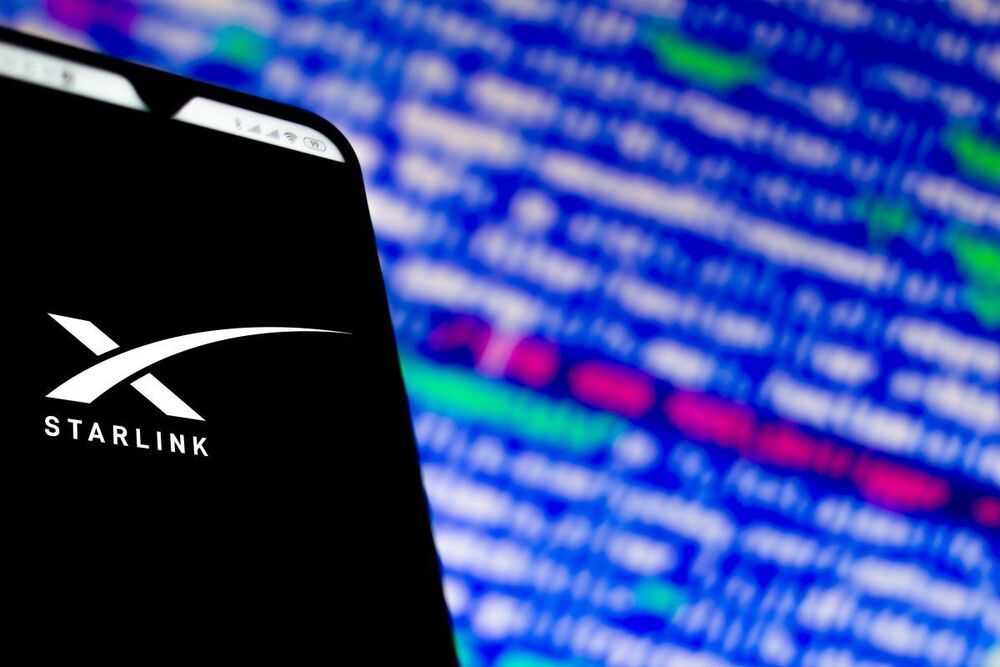


A Falcon 9 booster failed to land after a launch Feb. 15 because of “heat damage” it sustained, but SpaceX thinks boosters can be reused 10 or more times.
WASHINGTON — A Falcon 9 booster failed to land after its most recent launch Feb. 15 because of “heat damage” it sustained, but a SpaceX official said he was confident that the boosters can be reused 10 or more times.
During a session of the 47th Spaceport Summit Feb. 23, Hans Koenigsmann, senior adviser for build and flight reliability at SpaceX, said the failed landing during an otherwise successful launch of Starlink satellites remains under investigation.

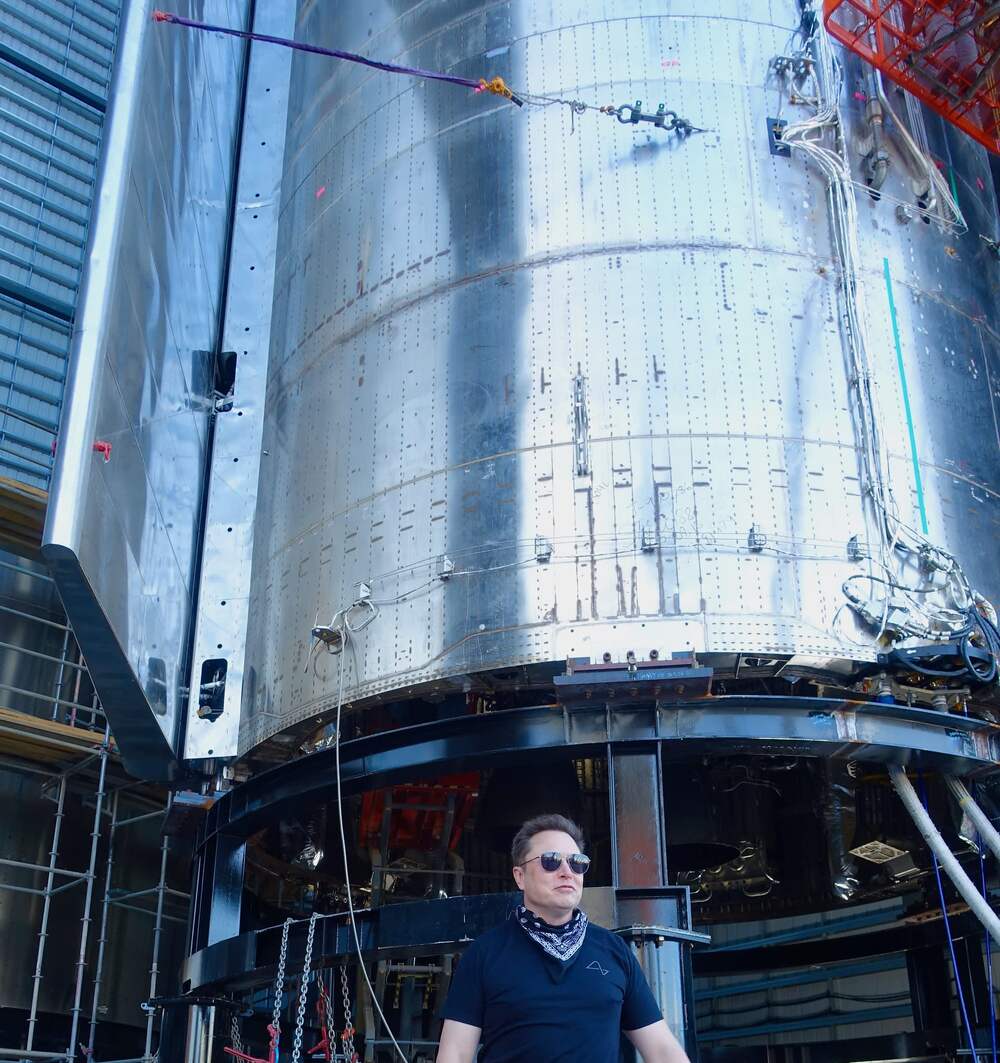


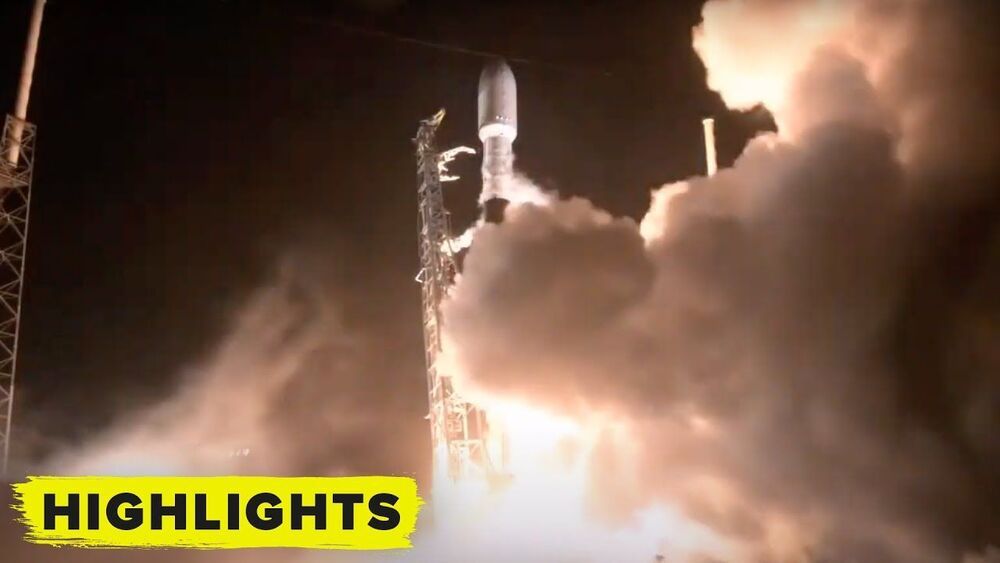
The booster appeared to miss the landing pad of the company’s droneship in the Atlantic Monday night.
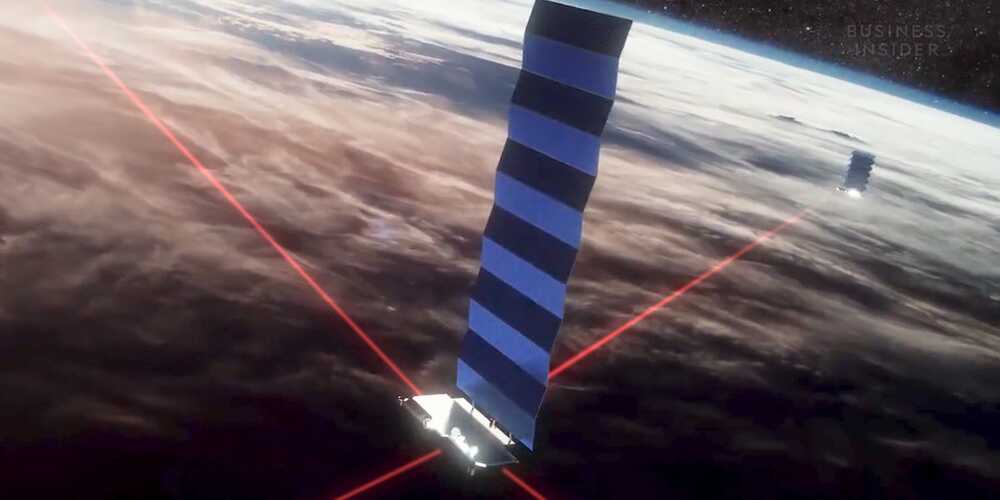
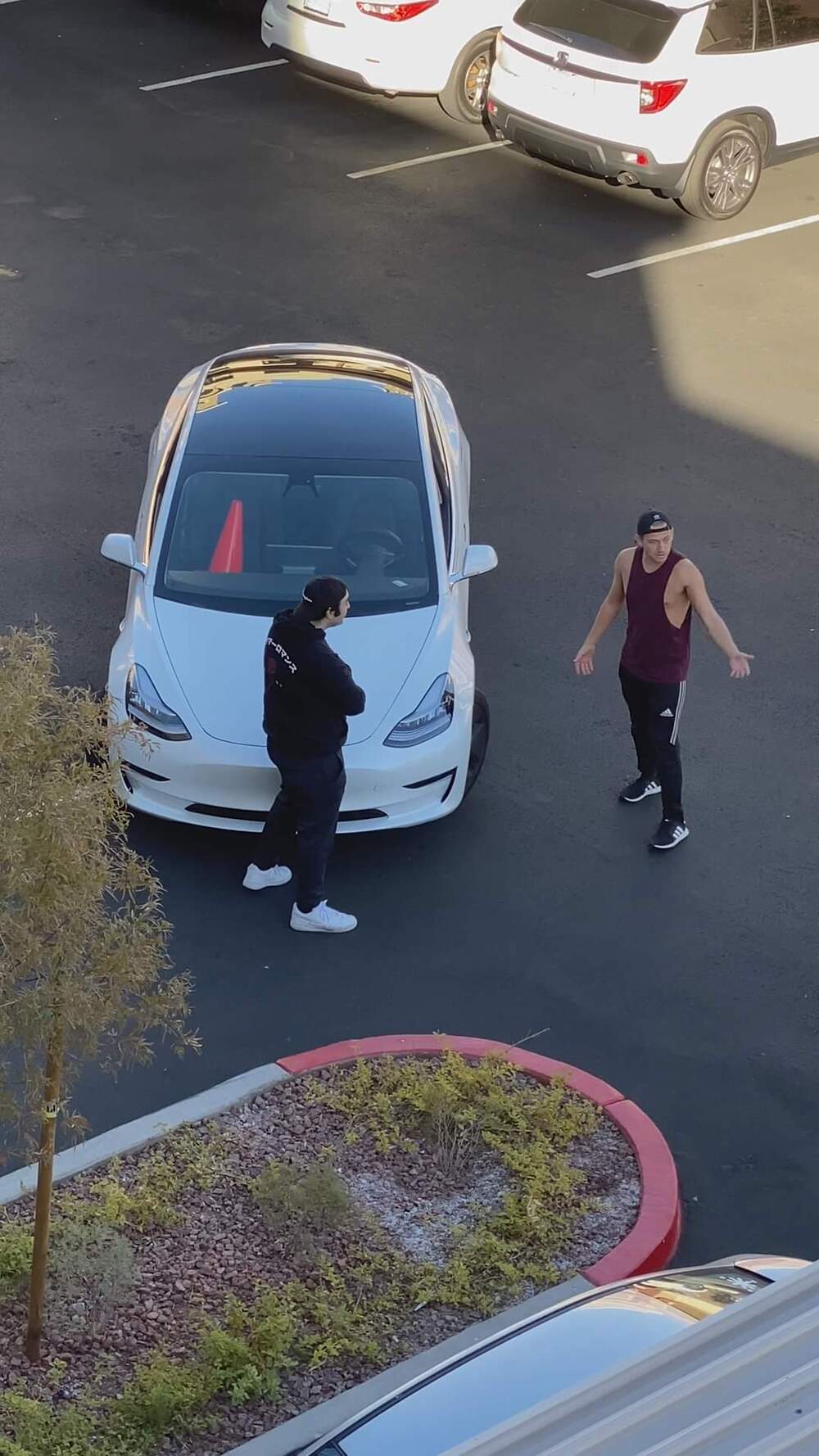
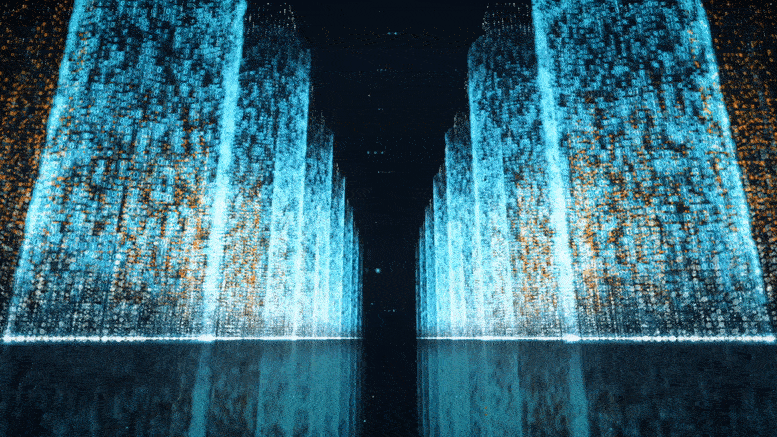
Researchers unlocked the electronic properties of graphene by folding the material like origami paper.
Researchers have found a way to use light and a single electron to communicate with a cloud of quantum bits and sense their behavior, making it possible to detect a single quantum bit in a dense cloud.
The researchers, from the University of Cambridge, were able to inject a ‘needle’ of highly fragile quantum information in a ‘haystack’ of 100000 nuclei. Using lasers to control an electron, the researchers could then use that electron to control the behavior of the haystack, making it easier to find the needle. They were able to detect the ‘needle’ with a precision of 1.9 parts per million: high enough to detect a single quantum bit in this large ensemble.
The technique makes it possible to send highly fragile quantum information optically to a nuclear system for storage, and to verify its imprint with minimal disturbance, an important step in the development of a quantum internet based on quantum light sources. The results are reported in the journal Nature Physics.